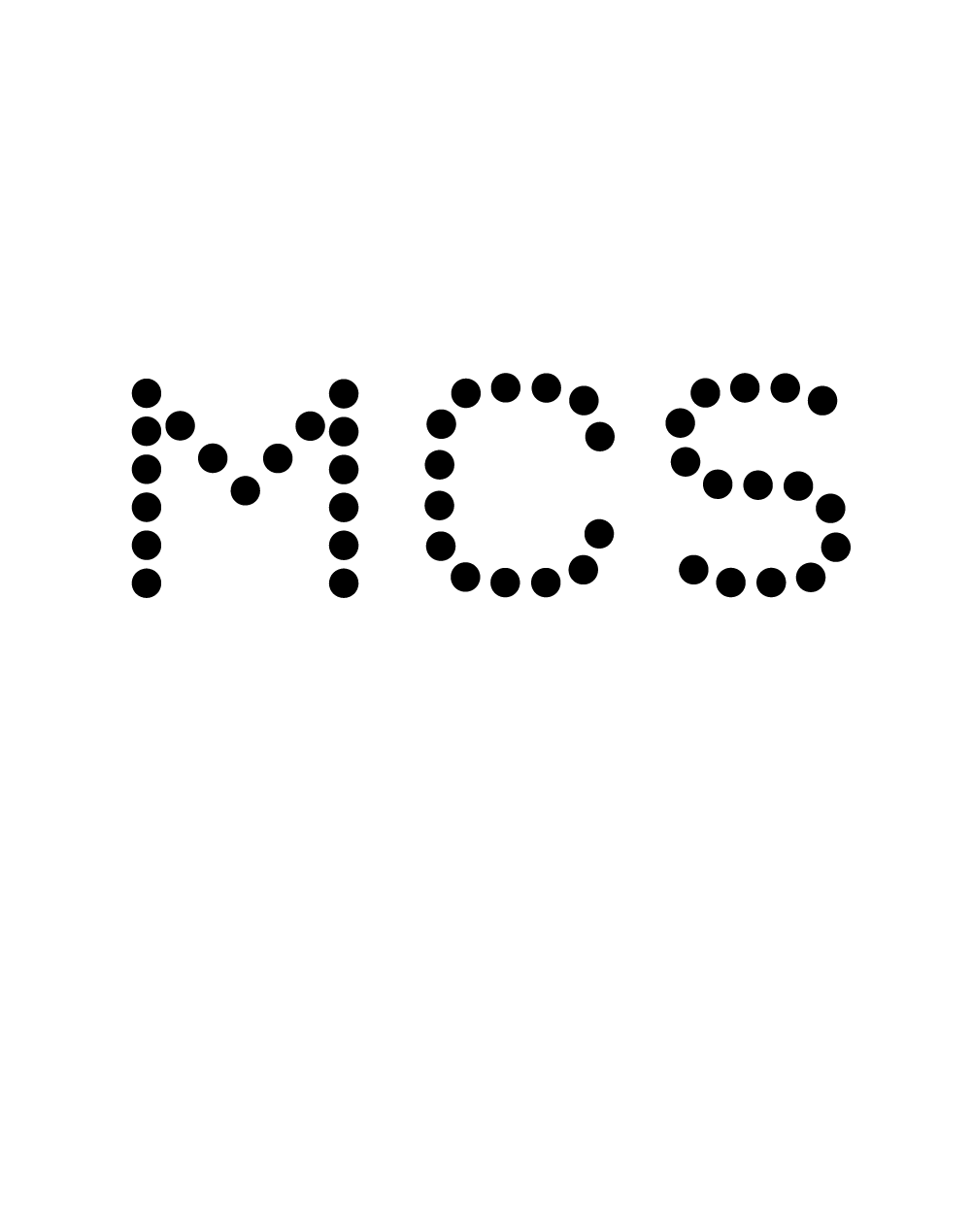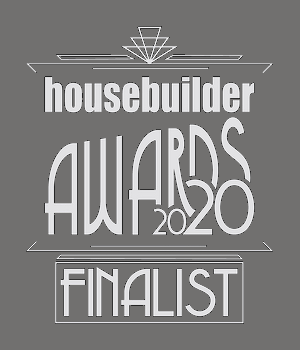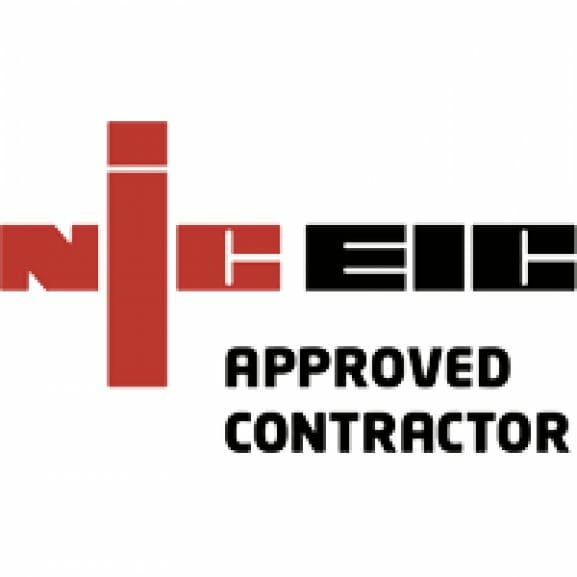In the previous post in this series, we began to break down the barriers to becoming more self-sufficient as individuals, so now I’d like to share with you some examples of what that might look like.
On my own house, solar panels generate up to 70 per cent of my electricity. I have a hybrid electric car; a BMW 3 Series with a 2L petrol engine and an electric motor with a battery that stores just over 20 miles worth of electricity.
That might not sound like much, but if you think about the daily commute most of us are doing, it makes sense. My daily commute is around 10 miles each way, so I just plug it in when I get home and charge it for the next day. I’m not using any petrol at all for that journey; only electricity.
The fuel savings on my daily trip to work gradually add up, but that’s not the reason I drive a hybrid; I want to do it. It’s important to me as part of my own aim to live in a more sustainable and environmentally-friendly way.
Technology also gives me complete transparency in how my solar energy is performing; I can monitor my usage with an app that’s linked directly to my inverter, and I can see what percentage I’m importing from the National Grid, what percentage I’m exporting back to the Grid, and what percentage I’m using of my own solar energy.
Today, for example, I can see that 37 per cent of my household energy has come from the Grid, and 63 per cent has been from solar and battery.
The app even shows me a minute-by-minute usage; right now, I can see my Tesla battery is currently 25 per cent full; the power in that battery was empty first thing this morning because it was emptied yesterday, so it’s been topped up from the solar throughout the course of a morning. Yet this technology is extremely basic compared to what’s coming in the near future.
It’s already happening now in Germany, where block-chain technology exists that could change the landscape of renewables and sustainability entirely. It works by providing a shared ledger of all available energy within a user’s home, and instead of our current model of a user paying for another user’s available energy via the National Grid and utilities companies, it enables direct billing and payment between users.
As smart technologies become more widespread, consumers will become much more accustomed to monitoring and manipulating our home energy by switching things on and off remotely through our smartphones and devices. Artificial intelligence already exists that allow items in your home to predict your usage, switch themselves on or off and become more efficient.
Artificial Intelligence will mean your house knows you have 4 kilowatts of PV available from your roof system; that you have nothing switched on during the day, that you normally get home around 6pm in the evening and that’s when you put the kettle on and begin using your energy. It also knows that Mrs Jones next door is at home during the day, so she could buy the spare available energy you’re generating then.
That, in my view, is the kind of smart-connected, self-generating energy usage that we’re moving towards – and you and I will be the driving force behind it.






